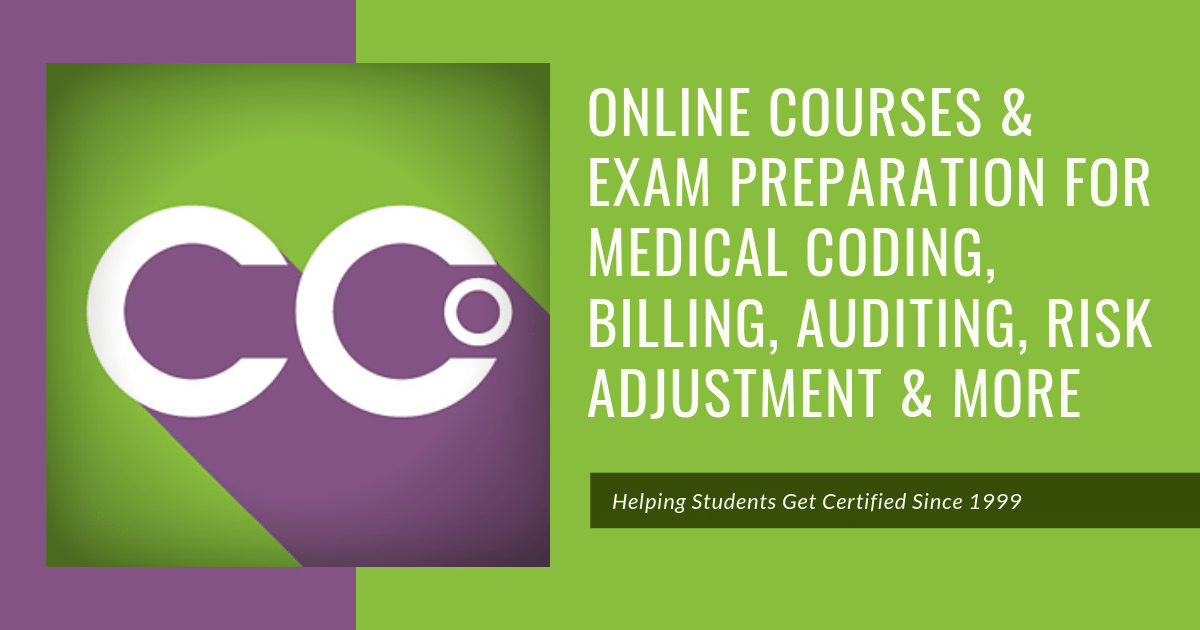AlexandriaB_65125
New member
I’m in a dilemma with this Z09 code, I understand they are used to explain continuing surveillance following completed treatment of a disease, condition or injury. They imply that the condition has been fully treated and no longer exists. But what if the provider states hospitalization follow up is improved? I know a follow up history code is what is used after z09, but the provider has J11.1 “improved”, am I ok to use Z09 with J11.1 together? I see some instances where provider has pt doing well and continuing with meds they were discharged with as well.



